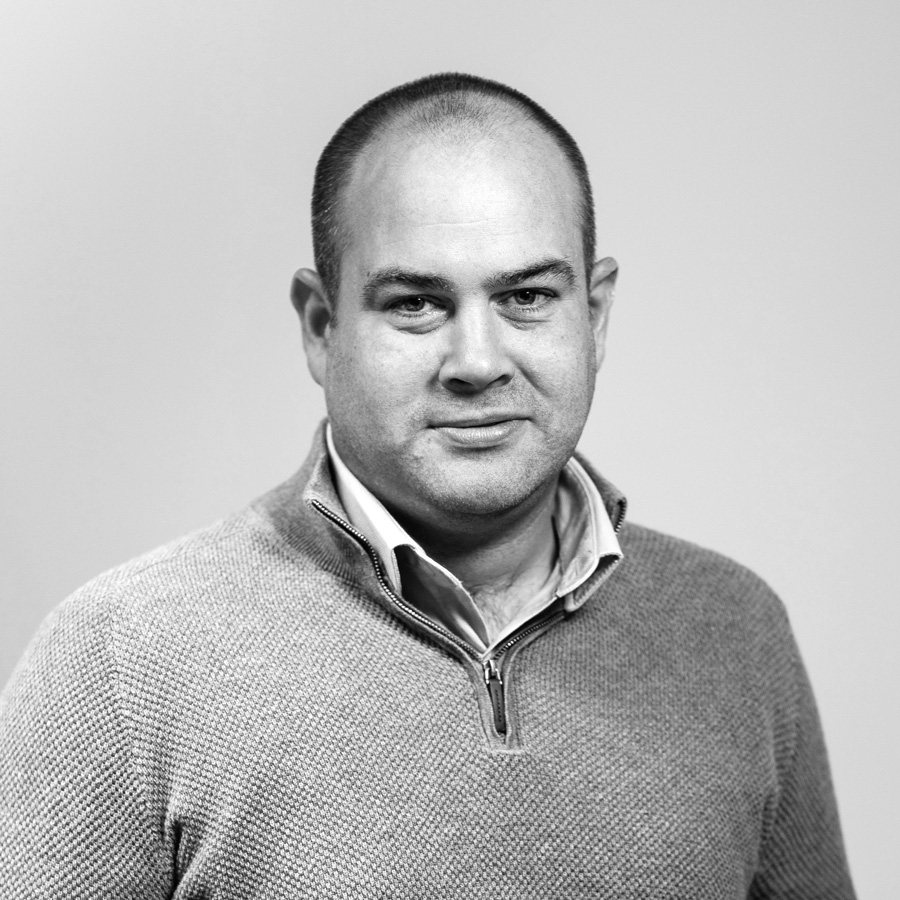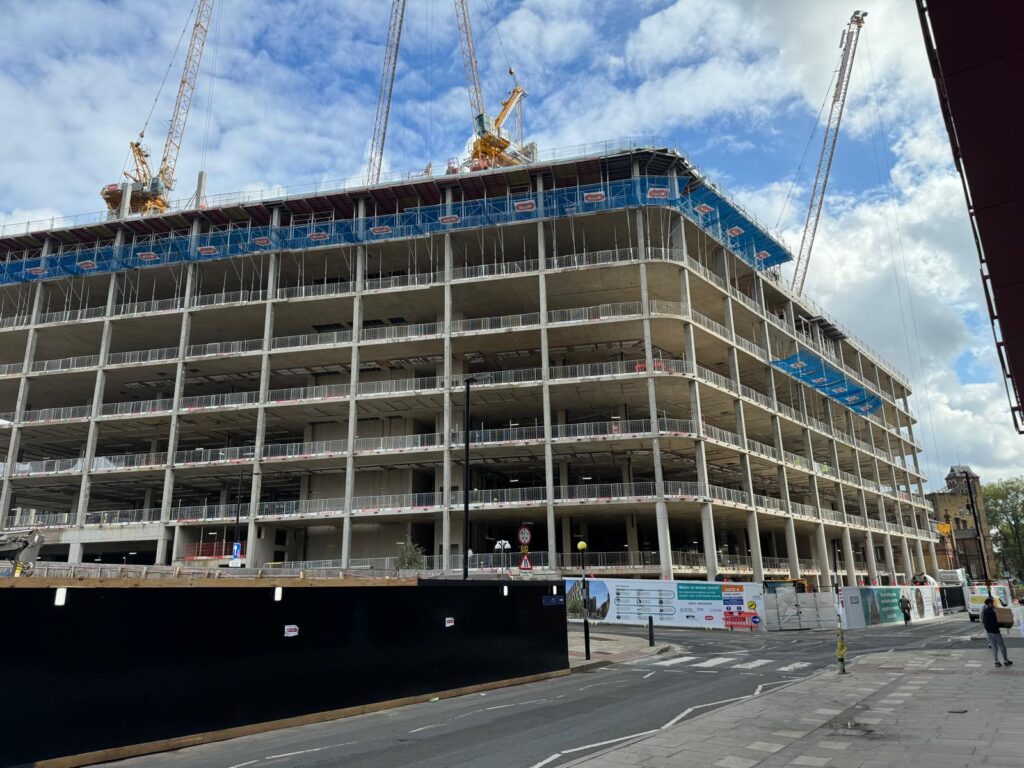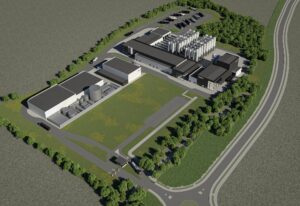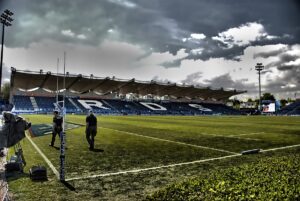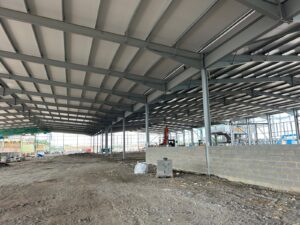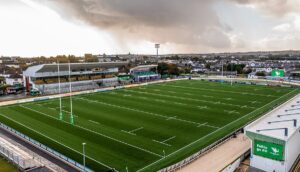Project Oriel is a state-of-the-art hospital development located in the heart of London, adjacent to St. Pancras Station. This ambitious project is being delivered for Bouygues, a leading French building contractor with whom Capcon has a strong, established relationship. Currently, we are approximately 70% through the project, with significant progress made despite the challenges inherent to its congested urban location.
-
ProjectOriel Hospital
-
ClientBouygues
-
ScopeDesign
The building’s central London setting presents logistical complexities, such as limited access for deliveries and constrained working areas, necessitating a highly coordinated approach to design, planning, and execution. As specialists in construction engineering, we worked closely with Bouygues to ensure our contributions integrated seamlessly within the intricate framework of this high-profile healthcare facility.
Challenges
- Congested Site Conditions:
The site is situated in a dense urban environment, surrounded by existing infrastructure and busy transport hubs. These constraints limit storage space, restrict on-site material handling, and complicate delivery schedules. - Complex Coordination Requirements:
Given the project’s multi-disciplinary nature and its location in the middle of London, meticulous design coordination was essential to avoid clashes with other trades and ensure the project remained on schedule. - Delivery Logistics:
St. Pancras Station’s proximity and the busy city streets make managing just-in-time deliveries critical to maintaining workflow efficiency and minimising disruption to surrounding areas.
Our approach
Capcon adopted a proactive and highly collaborative methodology to address these challenges:
- Pre-Construction Planning and Coordination:
Prior to site mobilisation, we invested significant time in digital coordination, employing advanced Building Information Modelling (BIM) to map out spatial layouts, identify potential conflicts, and ensure full alignment with the overall design. This early-stage precision helped avoid costly on-site delays and allowed us to integrate seamlessly with the other trades working on the project. - Logistics Management:
A comprehensive logistics plan was developed to manage the restricted access and tight delivery schedules. Materials were coordinated on a just-in-time basis, with deliveries carefully scheduled to minimise disruption to both the site and the surrounding urban environment. - Modular Installation Strategies:
Where possible, prefabricated components were employed to reduce on-site installation times, optimise space, and enhance efficiency. This modular approach proved invaluable in a project where site congestion and time constraints were significant factors.
Progress and outcomes
As of now, Project Oriel is approximately 70% complete, with Capcon’s scope progressing according to schedule. Despite the challenging conditions, our commitment to precise planning, proactive problem-solving, and continuous collaboration has ensured steady advancement.
Key outcomes to date include:
- Minimised On-Site Disruptions: Thanks to detailed coordination and logistical planning, material deliveries and site operations have been executed with minimal delays and maximum efficiency.
- Optimised Design Integration: Through the use of BIM and early-stage collaboration, clashes were avoided, and our installations were integrated seamlessly into the broader project design.
- High-Quality Execution: Despite the constraints of the urban environment, our work continues to meet the highest standards of quality and compliance in complex construction settings.
Looking ahead
As the project nears completion, we remain committed to delivering results that align with Bouygues’ vision for this innovative hospital facility.
How Can We Help?
Meet Robert Finn
Talk to our operations director Robert and find out how we can tailor a solution to refurbish or upgrade your rainwater drainage system.
